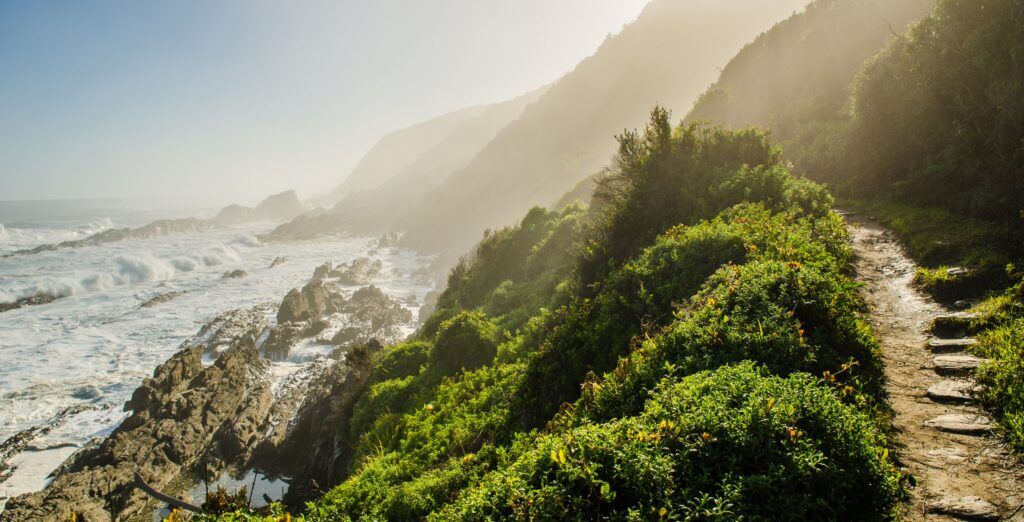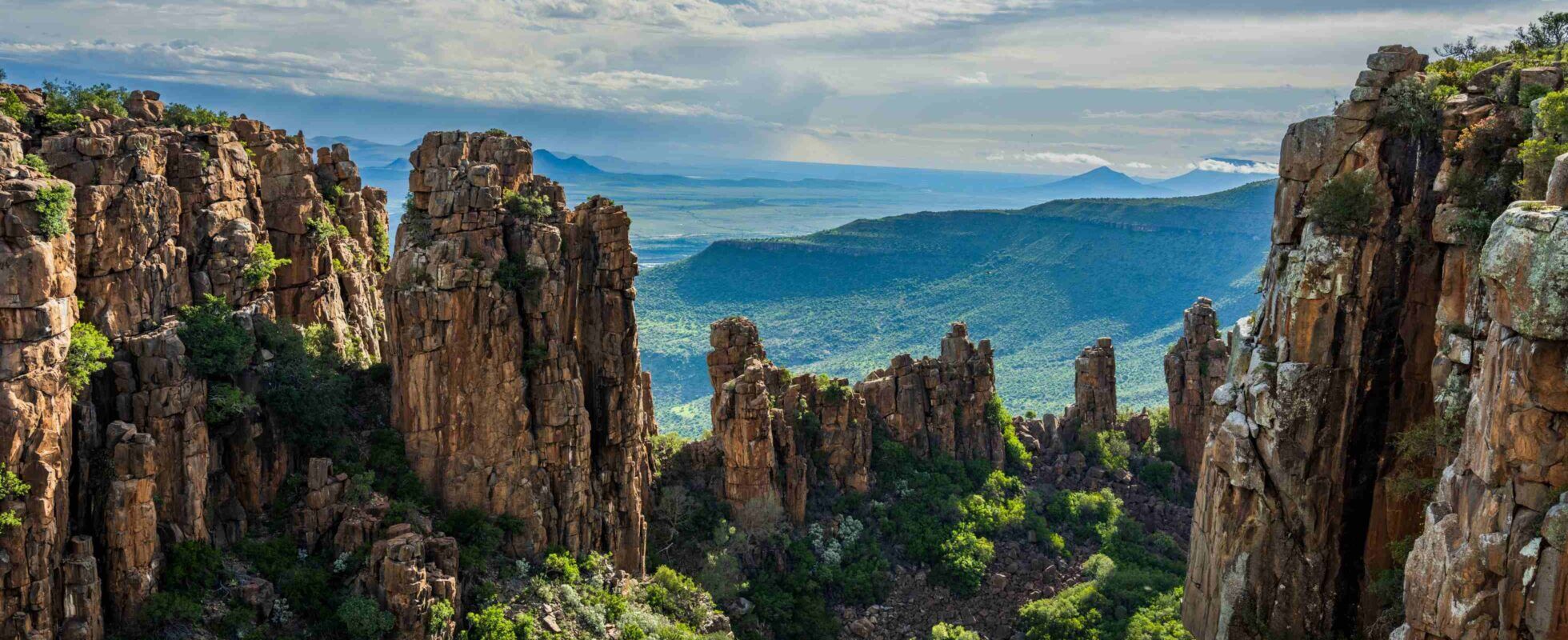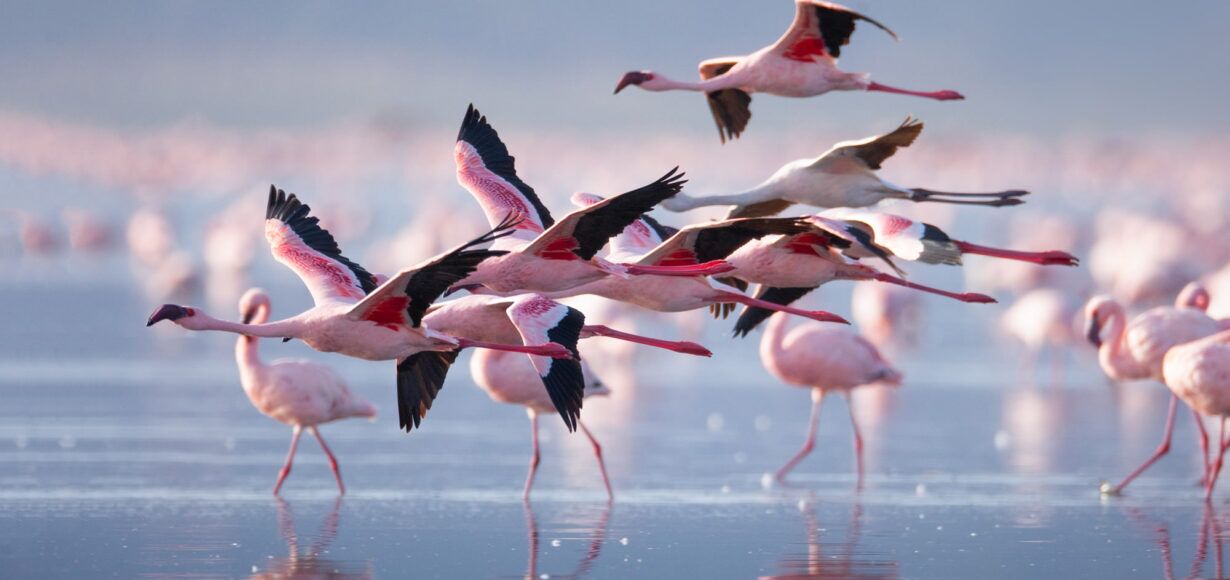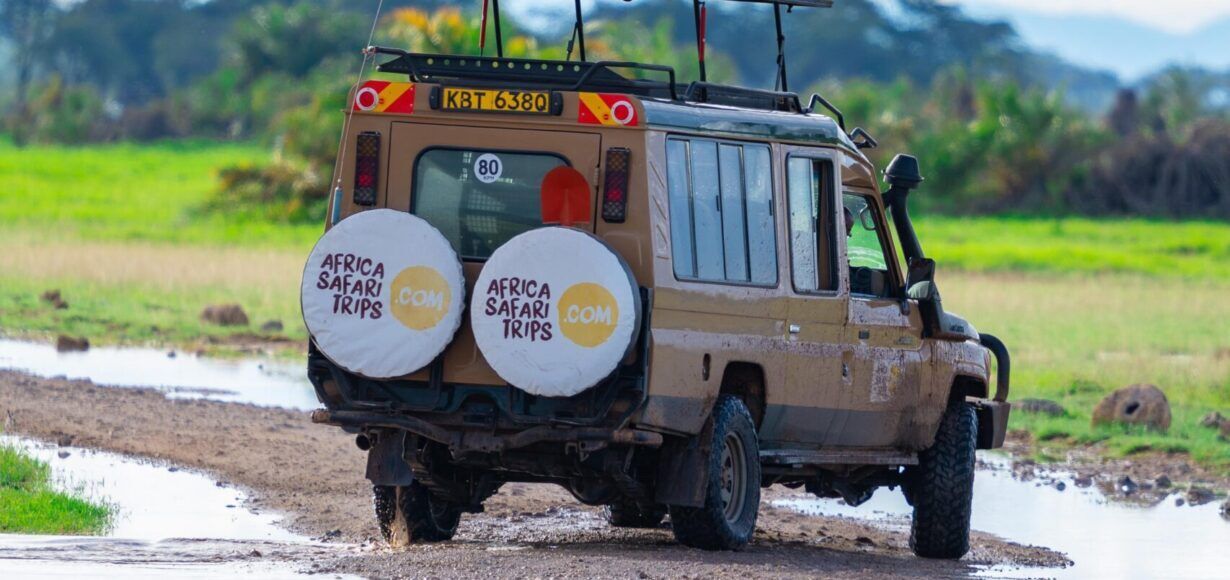
- Rental car
- Bed and breakfast (unless indicated differently on your itinerary)

If you love remarkable landscapes and a dash of history, you’ve got to visit Camdeboo National Park! A safari here differs from your usual game drives in the sense that this park is not teeming with animals. But you can explore 194 square kilometres of rugged cliffs, deep valleys, and expansive plains, all dotted with a rich variety of endemic plants, flowers, and trees. Check out the stunning Valley of Desolation, the scenic Nqweba Dam or swing by one of South Africa’s oldest towns.
Curious name, don’t you think? It reflects the profound emptiness of this place. Hike to one of its viewpoints and feel like the last person on Earth. Surround yourself with pure nature while enjoying views of the Great Karoo plains or the historic town of Graaff-Reinet, which is uniquely encircled by the national park in the shape of a horseshoe. The vast landscape, dotted with columns of dolerite and shaped by 190 million years of erosive and volcanic forces, is so divine it’s called the “Cathedral of the Mountains”. This serene and majestic spot is perfect for finding peace and catching a beautiful sunset. If you’re lucky, you might even spot some steenboks, Cape mountain zebras, ostriches, or elands.
Imagine that we are in the year 1786. The Dutch East India Company, looking to boost trade inland from Cape Town, picks a charming spot by the Sundays River, surrounded by hills. They name it Graaff-Reinet after Governor Cornelis Jacob van de Graaff and his wife, Reinette. Then, as it happens, after some rebellions, revolts, and changes of “ownership”, here we are!
Today, Graaff-Reinet, also known as the “jewel of the Karoo”, is a stunner. Surrounded almost entirely by Camdeboo National Park (the same green hills that wooed the Dutch East India Company, if you’re following along), it boasts an array of accommodations, restaurants, museums, and 220 buildings marked as national monuments. Stroll through town and feast your eyes on a delightful mix of Cape Dutch buildings with fancy gables, traditional flat-roofed Karoo cottages, and ornate Victorian villas. All of it is on your way to more history.
Check out the Old Library, packed with fascinating artefacts and fossils discovered in Camdeboo, and displays on Khoe-San rock paintings and slavery. Then, swing by the Reinet House to marvel at Cape Dutch architecture and see one of the world’s biggest grapevines. Between your historical deep dives, don’t forget to refuel at one of the many local restaurants—perfect for savoring the local cuisine and catching your breath after all that adventure.
Graaff-Reinet and Camdeboo National Park are like peanut butter and jelly—they just go together! This charming town is your ultimate pit stop, balancing nature escapades with a splash of history and a bite of local flavor.
Camdeboo National Park offers a variety of activities that cater to nature lovers and adventure seekers alike:
By plane: The nearest international airport is in Cape Town (approx. 600 km) and the nearest domestic airport is in Port Elizabeth (251 km).
By car: The park’s entrance is just 4 km from Graaff-Reinet. If you’re coming from Gqeberha (Port Elizabeth), it will take about three hours, and if you’re traveling from Cape Town, expect a drive of around eight and a half hours.
Summers (October – April) in Camdeboo National Park are very hot, while winters (May – September) are quite cold. During the summer months, it’s best to plan activities for early mornings and late afternoons to avoid the intense heat, as temperatures can reach and even surpass 35 degrees Celsius. This period is also when the park receives most of its annual rainfall, with the highest levels typically occurring in March. In contrast, winter can bring snowfall to the higher areas, with temperatures ranging from 5 to 8 degrees Celsius.
The best time to visit Camdeboo National Park is during the warmer months, from October to March, when temperatures are more pleasant, the vegetation is greener, and wildlife is more active, with the added bonus of seeing newborn animals. However, wildlife viewing is possible all year round. It’s worth noting that in winter, the mountains may be covered in snow and temperatures can be very low.
Camdeboo National Park offers a rich cultural history and stunning landscapes. Highlights include the dramatic Valley of Desolation, the scenic Nqweba Dam, and breathtaking views of Graaff-Reinet.


